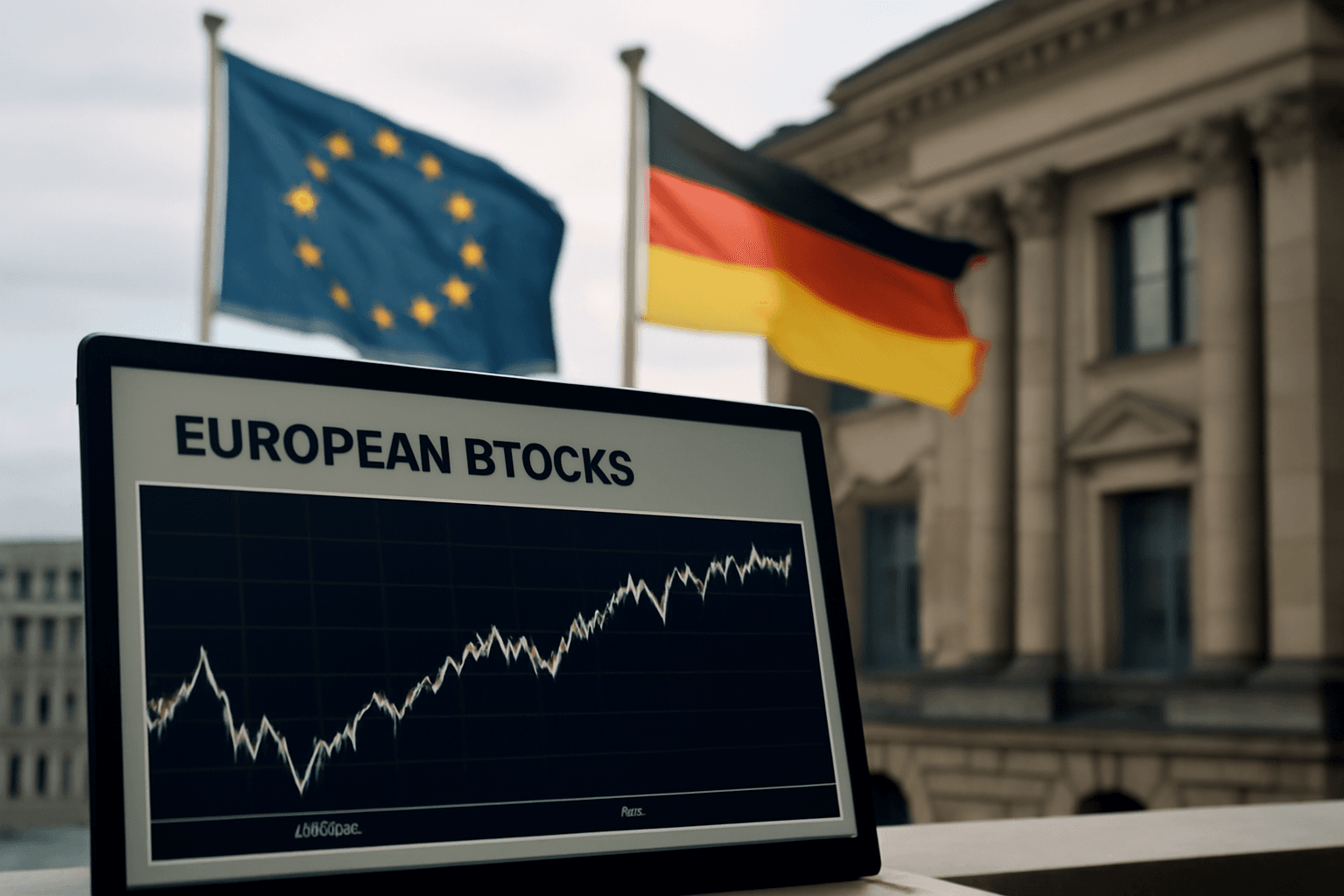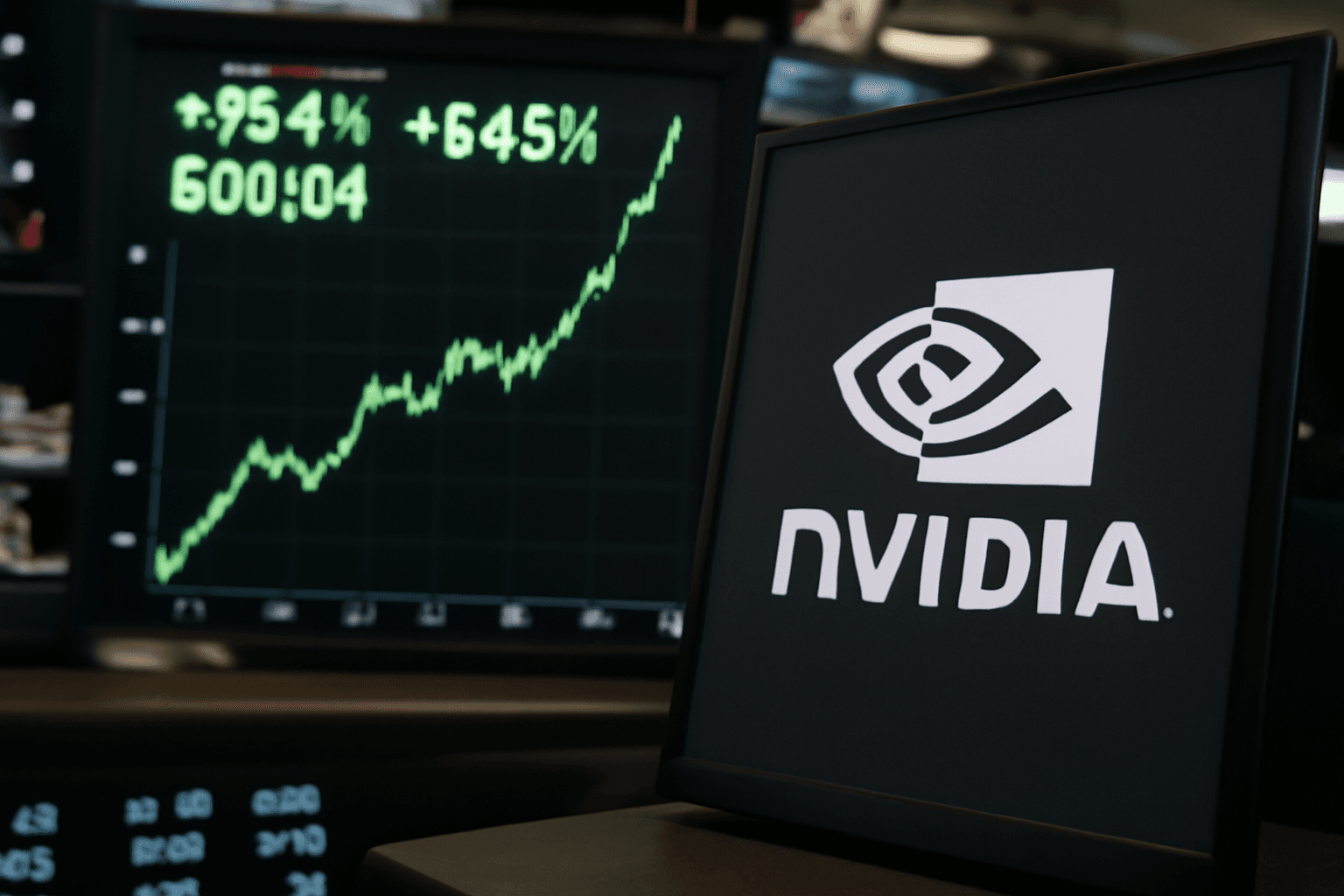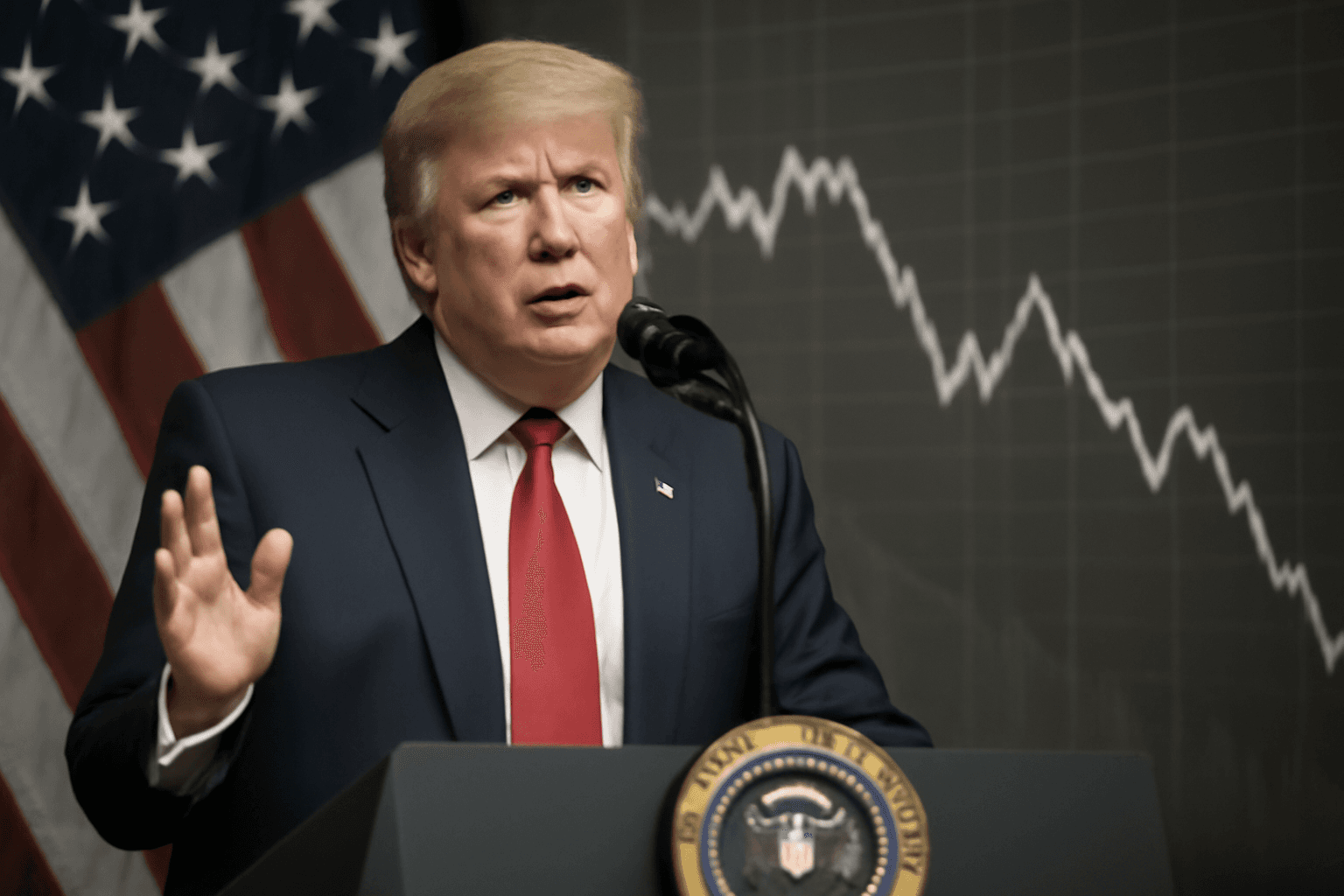Stock Market Displays Remarkable Resilience Amid Middle East Conflict
Despite escalating air strikes between Israel and Iran, the U.S. stock market largely shrugged off geopolitical jitters on Friday. The S&P 500 dipped by just 1.1% for the day and closed the week down a modest 0.4%, remaining firmly above levels from the previous week. Importantly, the index did not breach its 20-day moving average—a key short-term support level—signaling investors are still holding steady despite the uneasy backdrop.
Strong Momentum Continues Despite Headwinds
This steady performance comes amid one of the most robust rebounds on record following a correction greater than 15%. Pullbacks in the S&P 500 have been minimal, and it continues to display uncommon intraday strength boosted by a persistent buy-on-dips mentality. Research indicates that over the past three decades, the S&P 500 has posted its highest average gains following down days, narrowly surpassing the exceptional patterns seen in 2020.
Several factors fuel this resilience:
- The robust recovery of foreign equity markets
- Steady credit conditions offering a solid foundation
- Strong investor confidence in artificial intelligence (AI) driven spending themes
Even with Brent crude oil surging 7% on Friday and 12% over the week, prices remain near the lower boundary of a two-year trading range, tempering inflation concerns.
Investor Sentiment: Resilience or Complacency?
While the market’s calm might hint at complacency, current investor surveys and positioning data suggest a cautious stance rather than overconfidence. The fresh geopolitical upheaval could serve as a reality check, reining in optimistic bets following recent IPO success stories and record highs in sentiment-driven equity baskets.
Still, the market has been pricing in largely favorable outcomes, such as easing trade tensions, despite only tentative progress recently between the U.S. and China. Expectations remain high, pushing the bar for what constitutes meaningful improvements even higher.
Mixed Signals From Inflation Data and Market Dynamics
Interestingly, last week’s cooler-than-expected Consumer Price Index (CPI) and Producer Price Index (PPI) figures failed to significantly boost equity prices. This muted response might stem from worries over the inflationary effects of tariffs or fears that slowing demand signals a shift from a "just right" economic environment to a chillier one.
Closer inspection reveals subtle vulnerabilities:
- The equal-weighted S&P 500 lags the headline index by nearly 6%, indicating that smaller or less dominant stocks haven’t kept pace.
- Year-to-date laggards have suddenly outperformed top performers, inviting comparisons to the volatility seen earlier this year.
Despite some tremors, the ongoing rotation—from large-cap tech leaders to undervalued or small-cap names—remains orderly and could deepen as stronger macroeconomic data emerges.
Looking Ahead to a Pivotal July
Investors now turn their attention to July, a month poised to bring critical developments including:
- The expiration of the 90-day tariff pause, with some possibility of extension if negotiations progress in good faith
- Key deadlines for the federal budget bill
- The Federal Reserve's policy meeting, which could see rate adjustments depending on economic data
- The tapering of seasonal market tailwinds
- Second-quarter earnings reports that will test optimism for the year’s second half
Although earnings estimates have recently been downgraded for both the current and next quarters, prior trends show analysts typically revise down expectations before quarterly earnings outperform those forecasts, indicating the market might yet be poised for surprises.
Strategists Forecast Healthy Gains Ahead
Market prognosticators are revising their outlooks to reflect ongoing bullish momentum. For instance, an equity strategist recently updated the S&P 500 target to 6,350 by year-end, implying a roughly 6% gain from current levels. This forecast integrates historical bull market patterns, expected margin pressures from tariffs, slowing earnings growth, and the possibility that the Federal Reserve could resume rate cuts later in the year.
In sum, while the path forward features notable uncertainties and potential volatility, the market’s current strength and underlying fundamentals suggest a cautiously optimistic trajectory as we move deeper into 2025.



















